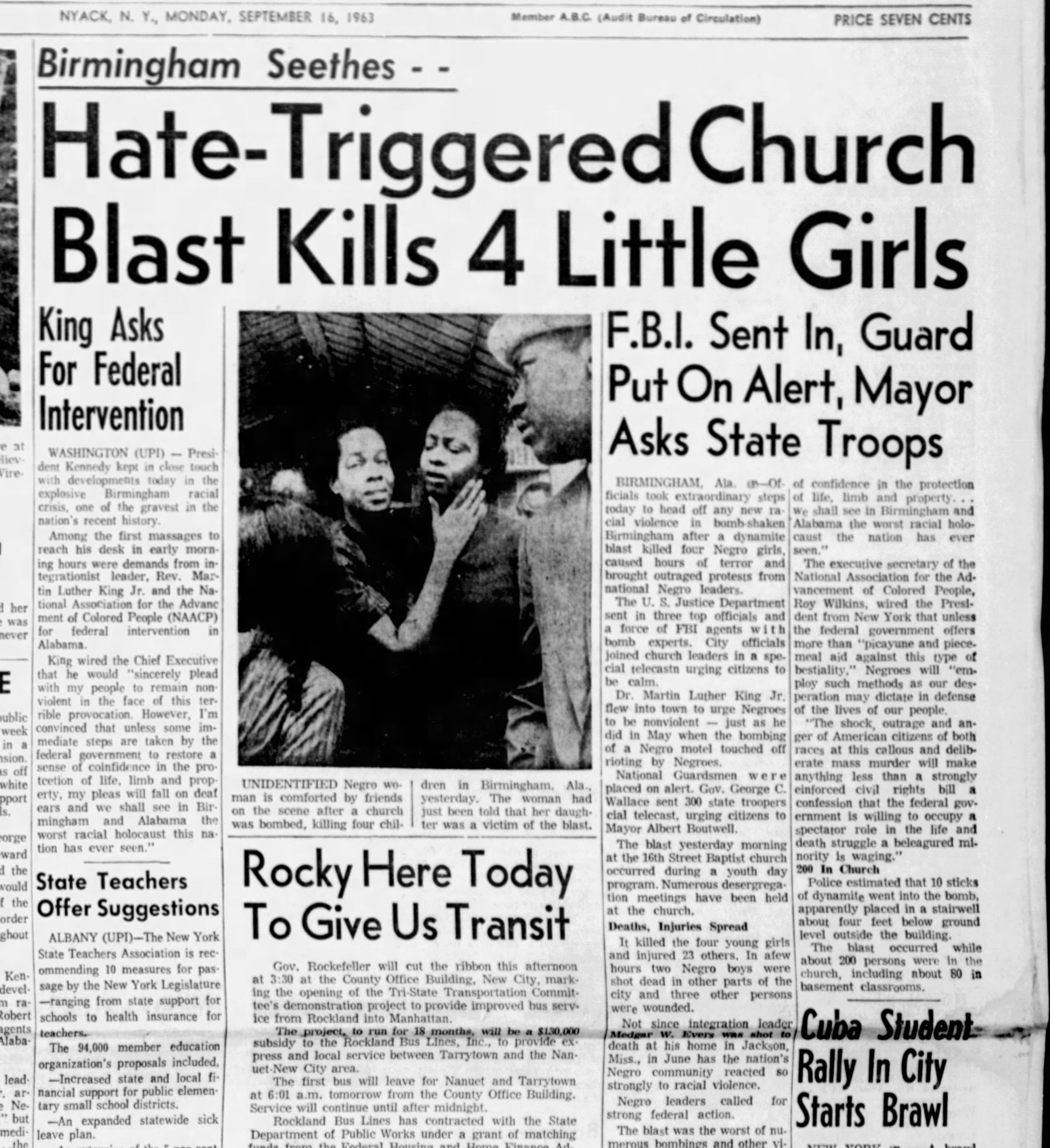The Ultimate Guide To News Articles
Table of ContentsHow News Articles can Save You Time, Stress, and Money.Indicators on News Articles You Should KnowThe Only Guide for News ArticlesAbout News ArticlesNews Articles - Questions
Great understanding of different subjects gives students an one-upmanship over their peers. Despite the fact that digital and social media are easily easily accessible, we should not neglect how important it is to read the newspapers. Parents should attempt and inculcate the practice of checking out a paper as a day-to-day routine to proceed the legacy of the revered print medium.News stories additionally include at least one of the complying with essential features family member to the desired audience: proximity, prestige, timeliness, human passion, anomaly, or consequence. The associated term journalese is occasionally used, usually pejoratively, to describe news-style writing. One more is headlinese. Papers normally stick to an expository writing design.
Within these restrictions, news tales likewise aim to be detailed. Among the bigger and a lot more respected papers, justness and balance is a significant element in offering information.
Newspapers with an international audience, as an example, have a tendency to use an extra formal style of composing. The certain options made by a news outlet's editor or content board are frequently collected in a style overview; common style guides include the and the US News Style Publication. The major objectives of information writing can be summarized by the ABCs of journalism: accuracy, brevity, and quality.
5 Simple Techniques For News Articles
Generally, journalists will not utilize a lengthy word when a short one will do. They make use of subject-verb-object building and construction and vivid, active prose (see Grammar). They provide anecdotes, instances and allegories, and they seldom depend upon generalizations or abstract ideas. Information authors try to stay clear of utilizing the same word more than as soon as in a paragraph (often called an "resemble" or "word mirror").
Nonetheless, headlines often omit the subject (e.g., "Jumps From Boat, Catches in Wheel") or verb (e.g., "Cat female lucky"). A subhead (also subhed, sub-headline, subheading, caption, deck or dek) can be either a secondary title under the major headline, or the heading of a subsection of the short article. It is a heading that comes before the primary message, or a group of paragraphs of the major text.

of a post topic, source, or interviewee), it is described as a drawn quotation or draw quote. Added signboards of any one of these types may show up later in the short article (specifically on subsequent pages) to lure more reading. Journalistic sites in some cases make use of animation methods to switch one signboard for another (e.g.
The smart Trick of News Articles That Nobody is Discussing
Such signboards are additionally made use of as tips to the short article in various other sections of the magazine or website, or as ads for the piece in various other publication or sites. News release of the Swiss government. Normal structure with title, lead paragraph (summary in vibrant), various other paragraphs (information) and contact information.

Example of a hard-lead paragraph NASA is proposing another room task. The spending plan requests roughly $10 billion for the job.
The NASA news came as the firm requested $10 billion of appropriations for the task. An "off-lead" is the second crucial front web page information of the day. The off-lead appears either in the top left edge, or straight below the lead on the right. To "hide the lead" is to begin the write-up with history details or details of additional relevance to the readers, compeling them to learn more deeply right into a short article than they should need to in order to find the crucial factors.
The Basic Principles Of News Articles
Usual use is that or 2 sentences each form their very own paragraph. Journalists generally define the organization or structure of a news tale as an upside down pyramid. The essential and most fascinating aspects of a story are placed at the beginning, with supporting details following in order of decreasing significance.
It enables people to check out a subject to just the deepness that their interest takes them, and without the imposition of information or subtleties that they could consider irrelevant, however still making that details available to more interested look at here readers. The upside down pyramid useful link framework likewise makes it possible for articles to be trimmed to any type of approximate length throughout format, to suit the area readily available.
Some authors begin their tales with the "1-2-3 lead", yet there are numerous kinds of lead offered. A twist can refer to multiple things: The last story in the information broadcast; a "satisfied" story to end the show.
Longer articles, such as publication cover short articles and the items that lead the inside sections of a paper, are referred to as. Attribute stories vary from straight news in a number of means. Foremost is the lack of a straight-news lead, the majority of the time. Rather than supplying the essence of a story up front, feature writers might attempt to tempt readers in.
The Basic Principles Of News Articles
The reporter typically information interactions with meeting subjects, making the piece much more personal. A feature's initial paragraphs commonly relate an appealing moment or event, as in an "anecdotal lead". From the particulars of an individual or episode, its sight rapidly widens to abstract principles regarding the tale's subject. The section that signifies what an attribute has to do with is called the or billboard.
The Editor's Tool kit: A Reference Overview for Beginners and Professionals (2001) Allan M. Siegal and William G. Connolly. The New York City Times Guidebook of Style and Usage: The Official Design Guide Made browse around this web-site Use Of by the Writers and Editors of the World's The majority of Authoritative Newspaper (2002) M. L. Stein, Susan Paterno, and R.